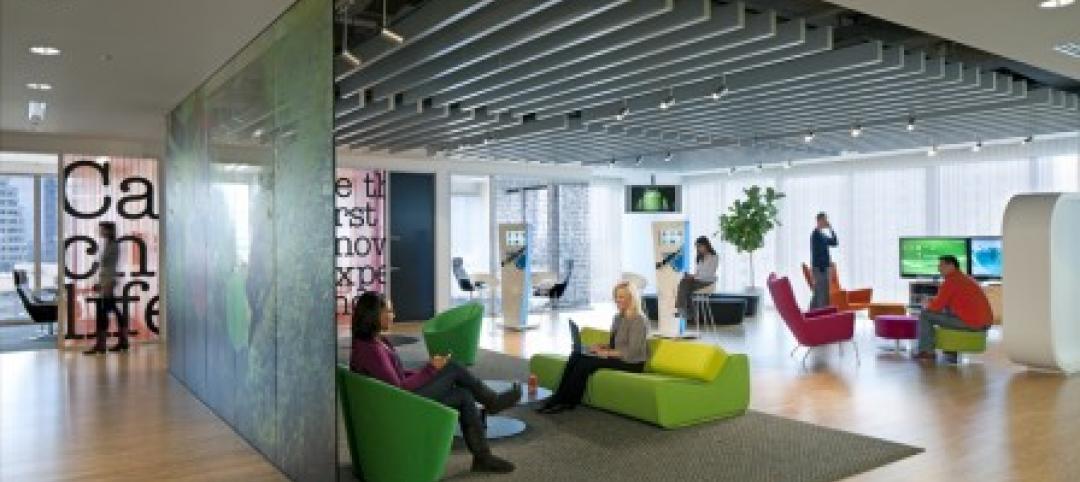The new Flight Training Center, designed by TAGO Architects for Turkish Airlines, will become the largest structure of its kind in Europe and the Middle East once completed. The 30,000-sm building will include 18 simulators and a variety of flight training departments for flight attendants, cabin, and flight training.
The building has been designed with the ability to be enlarged in the future depending on the needs of Turkish Airlines. The front of the building includes the training areas and a lounge while hangar sections and support units with a more technical function will be hidden at the rear of the building.
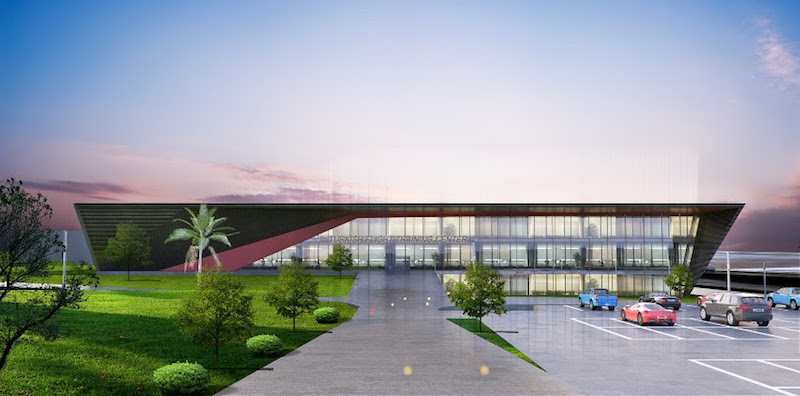 Rendering courtesy of TAGO Architects.
Rendering courtesy of TAGO Architects.
Through the use of perforated materials meant to resemble the wings of an aircraft and an amorphous, bottom-up design, the simulation center is meant to evoke the feeling of flight. Additionally, Turkish Airlines’ corporate identity is on display via the façade material and the colors in the transparent training units.
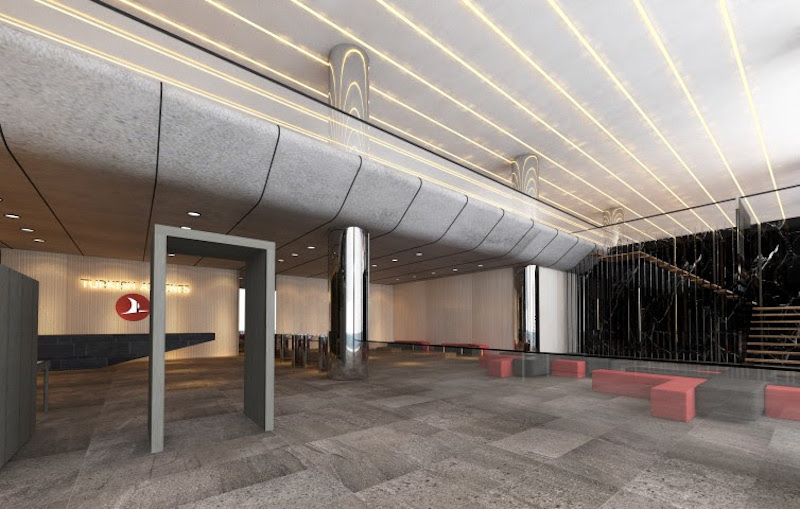 Rendering courtesy of TAGO Architects.
Rendering courtesy of TAGO Architects.
The building is located in a residential area and is expected to contribute to its economic development.
 Rendering courtesy of TAGO Architects.
Rendering courtesy of TAGO Architects.
Update
Work on the Turkish Flight Training Center has been completed. In addition to its importance as a training facility, Turkish Flight Training Center will also become an important educational tourism center in the area in the sense that it includes a great variety of flight training departments such as air hostess, cabin, and flight training centers. Below are photos of the completed project.
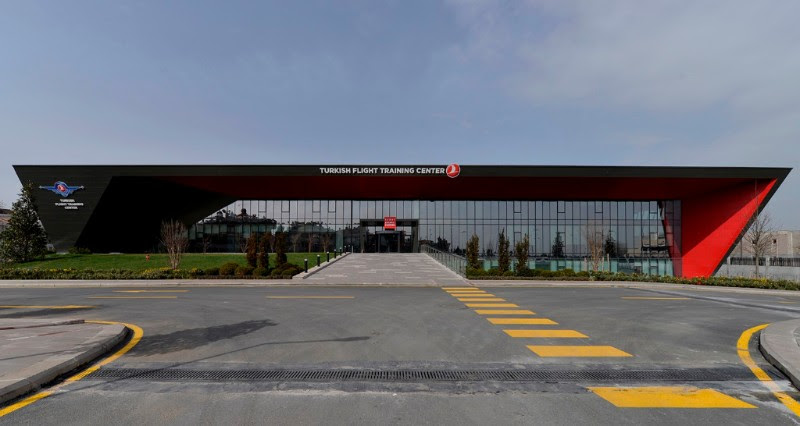
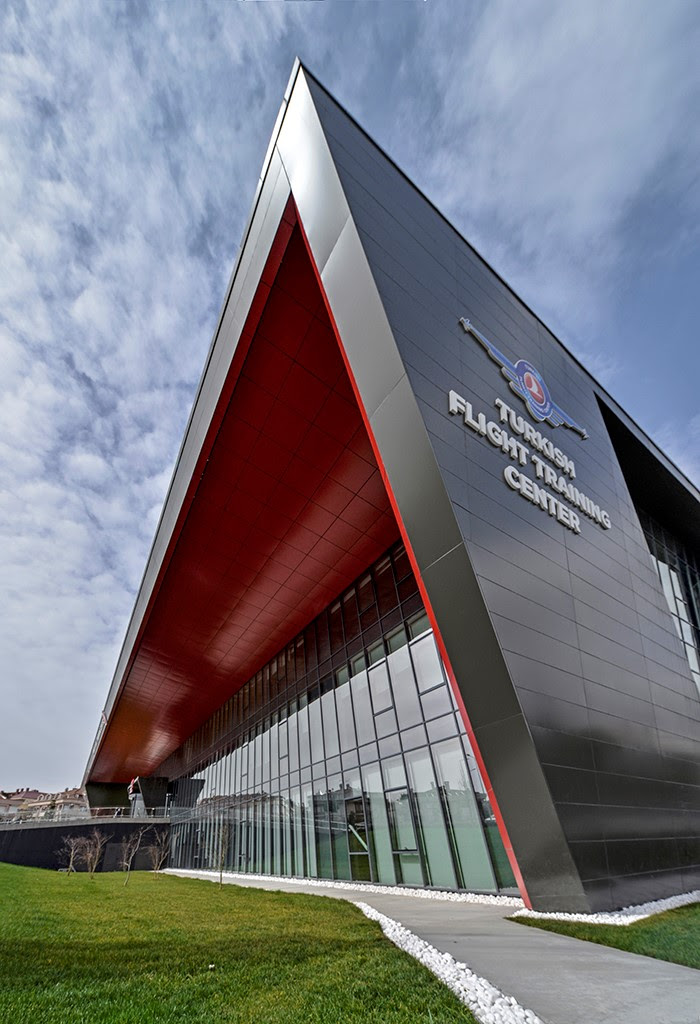
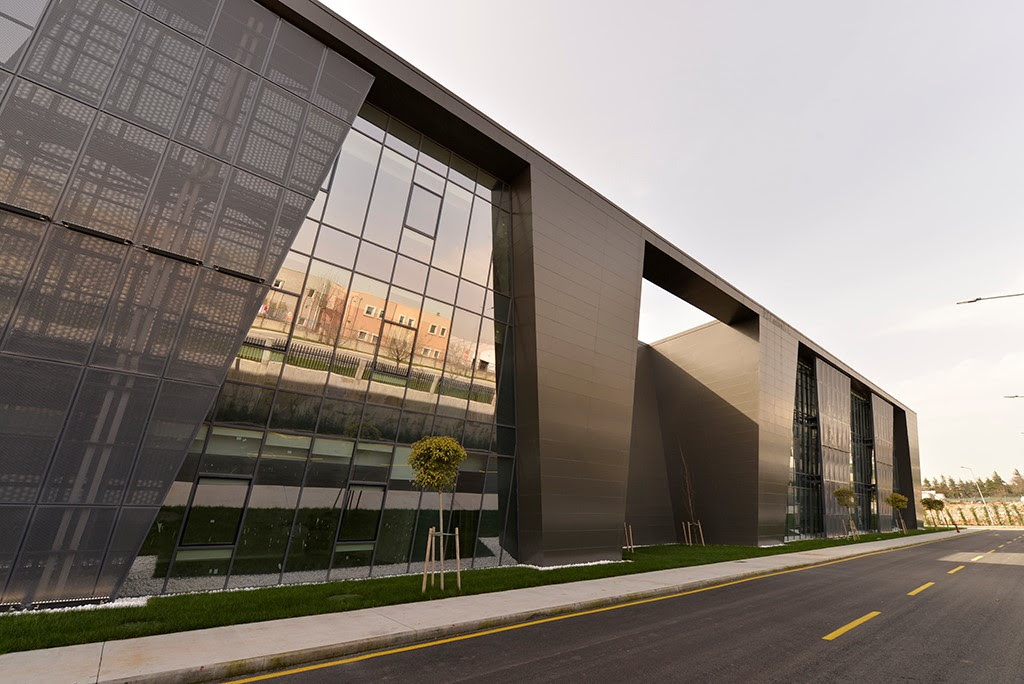
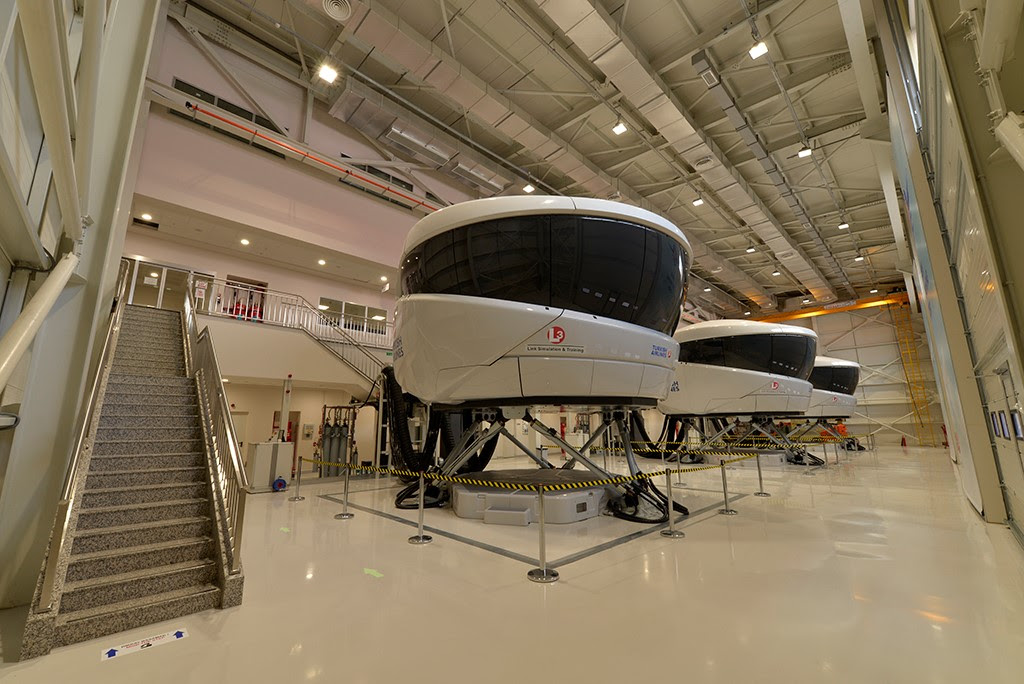
Related Stories
| Oct 30, 2013
15 stellar historic preservation, adaptive reuse, and renovation projects
The winners of the 2013 Reconstruction Awards showcase the best work of distinguished Building Teams, encompassing historic preservation, adaptive reuse, and renovations and additions.
| Oct 30, 2013
Why are companies forcing people back to the office?
For a while now companies have been advised that flexibility is a key component to a successful workplace strategy, with remote working being a big consideration. But some argue that we’ve moved the needle too far toward a “work anywhere” culture.
| Oct 30, 2013
11 hot BIM/VDC topics for 2013
If you like to geek out on building information modeling and virtual design and construction, you should enjoy this overview of the top BIM/VDC topics.
| Oct 28, 2013
Urban growth doesn’t have to destroy nature—it can work with it
Our collective desire to live in cities has never been stronger. According to the World Health Organization, 60% of the world’s population will live in a city by 2030. As urban populations swell, what people demand from their cities is evolving.
| Oct 23, 2013
Gehry, Foster join Battersea Power Station redevelopment
Norman Foster and Frank Gehry have been selected to design a retail section within the £8 billion redevelopment of Battersea Power Station in London.
| Oct 21, 2013
University of Queensland’s net-zero building features biomimicry-based design
University of Queensland’s Global Change Institute (GCI) building in Australia showcases on-site solar energy sources, biomimicry-based design features, and the first structural use of low-carbon concrete in the country.
| Oct 18, 2013
Meet the winners of BD+C's $5,000 Vision U40 Competition
Fifteen teams competed last week in the first annual Vision U40 Competition at BD+C's Under 40 Leadership Summit in San Francisco. Here are the five winning teams, including the $3,000 grand prize honorees.
| Oct 18, 2013
Researchers discover tension-fusing properties of metal
When a group of MIT researchers recently discovered that stress can cause metal alloy to fuse rather than break apart, they assumed it must be a mistake. It wasn't. The surprising finding could lead to self-healing materials that repair early damage before it has a chance to spread.
| Oct 18, 2013
Sustainability expert: Smart building technology can have quick payback
Smart building technology investments typically pay for themselves within one or two years by delivering energy savings and maintenance efficiencies.
| Oct 14, 2013
How to leverage workplaces to attract and retain top talent
Just about every conversation I have related to employee attraction and retention tends to turn into an HR sounding discussion about office protocols, incentives, and perks. But as a workplace strategist, I need to help my clients make more tangible links between their physical workplace and how it can be leveraged to attract and retain top talent. Here are some ideas.












